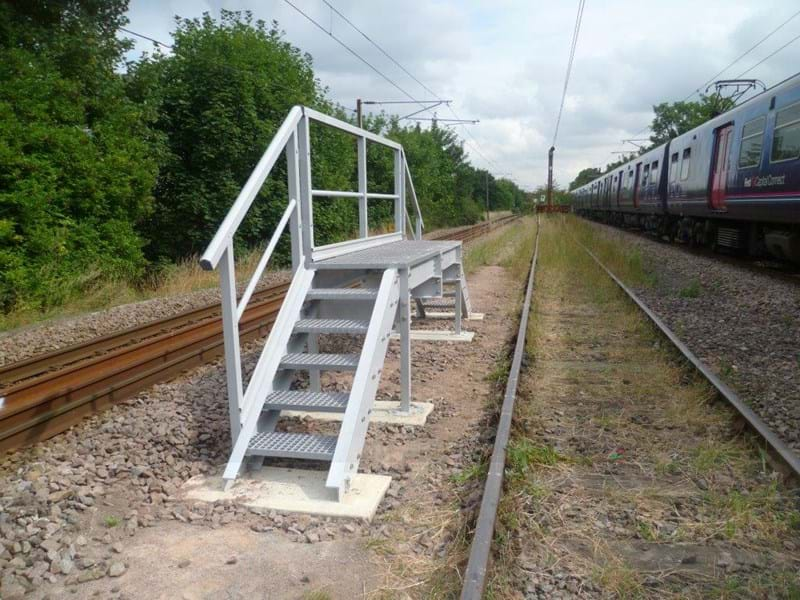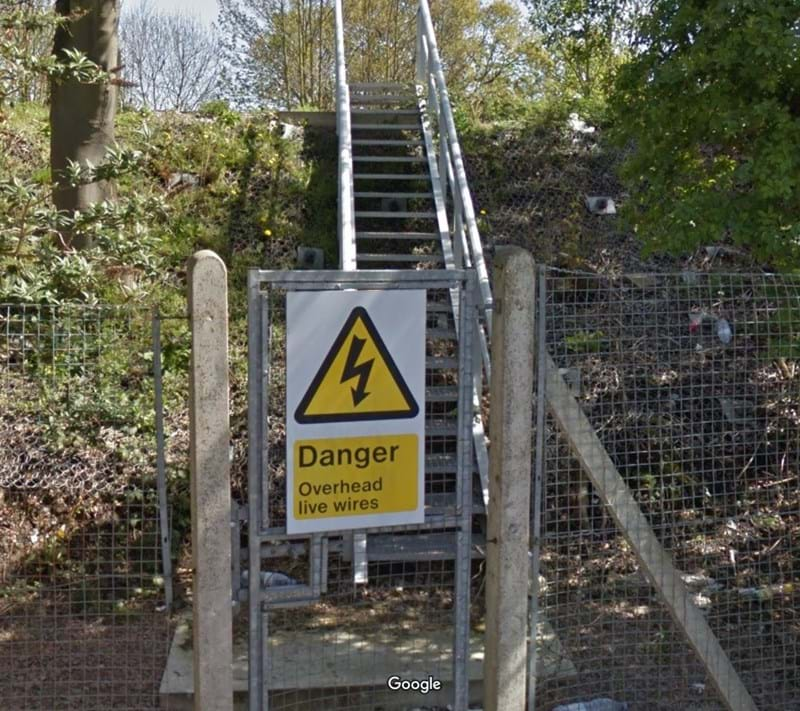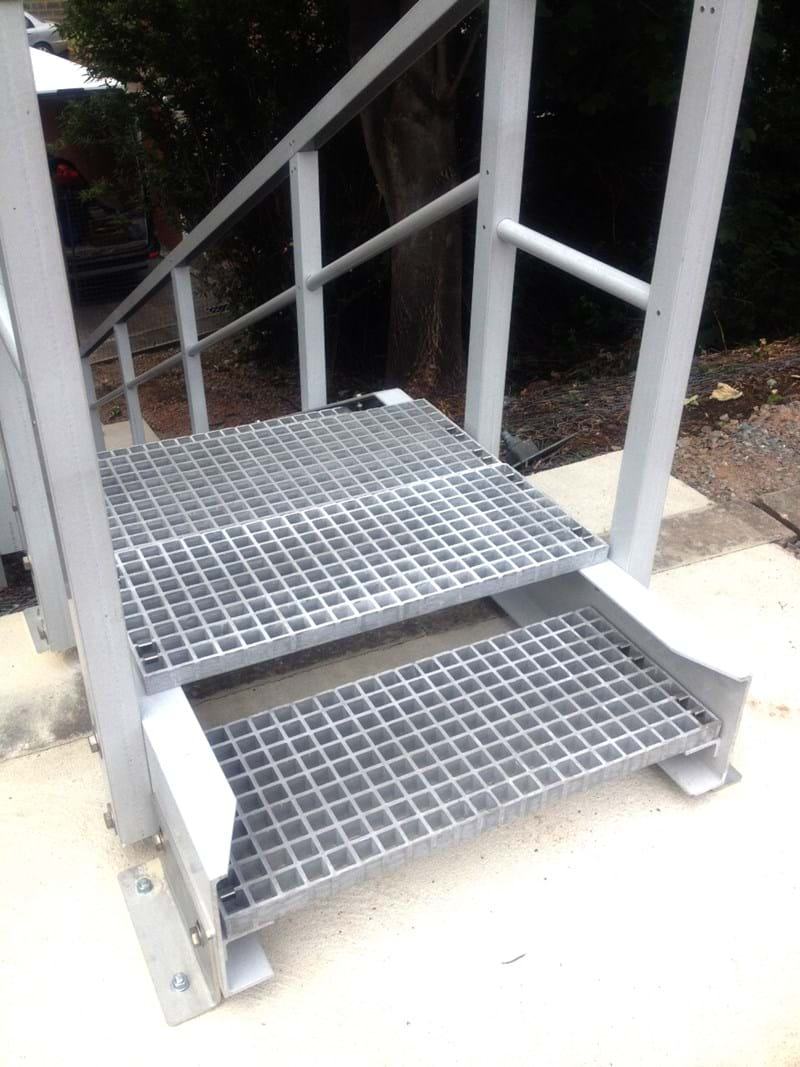

Fiberline Building Profiles A/S
Structural profiles
When planning the staircase near Bowes Park railway station in London, glass fibre was not only an obvious solution, but also the only practical one as access by conventional crane equipment would require RRV and lengthy access to the railway.
Our UK partner iLECSYS therefore opted for glass fibre (GFRP), a lightweight material that is easily machined and adjusted on-site. Even without using a crane, the solution was installed in just five hours.
Eddie Blackett, Construction & Innovation Manager, iLECSYS: "Although we were up against steel, which is normally a cheaper alternative, we ended up winning the project on price alone. Steel would have required the use of a HIAB crane, whereas our glass fibre solution could be lifted off a small lorry by hand and conveyed through the gate for installation."
Using a modular concept, iLECSYS were also able to interface with any on-site restrictions and locate the walkway exit precisely, so that only minor adjustments were needed on-site.
Safety on UK railways is naturally a priority both where structures and staff are concerned. This means that companies installing solutions along the railway network must meet stringent documentation requirements.
Installing a GFRP solution offers more than just savings on special equipment. GFRP is electrically non-conductive and therefore does not need to be earthed to comply with the safety regulations of the UK rail track authority. For iLECSYS, this has not only financial but also practical advantages.
Peter Dickson, Engineering Manager at iLECSYS: "One of the reasons why glass fibre is gaining ground on UK railways is that there has not previously been a tradition for using earthing. This means, quite simply, that the conditions for ensuring correct protective earthing do not exist, among other things due to diversity in earthing systems, nearby lighting, and track signals. With a glass fibre solution we avoid earthing during installation, and the customer avoids having to maintain the system afterwards. A win-win situation for all parties.”
Another reason for the growing popularity of GFRP is its incredible strength and non-corrosive properties. This ensures a long operating life even in harsh environments with changing weather conditions and dynamic traffic stresses. Furthermore, the GFRP gratings used provide a non-slip walking surface for railway staff, ensuring safe track access during future service.
Material: GFRP composite
Length: 7.4 m
Gradient: 28 %
Height of handrail: 1.1 m
Location: Bows Park, UK








Learn more about GRP stairs and handrailing.